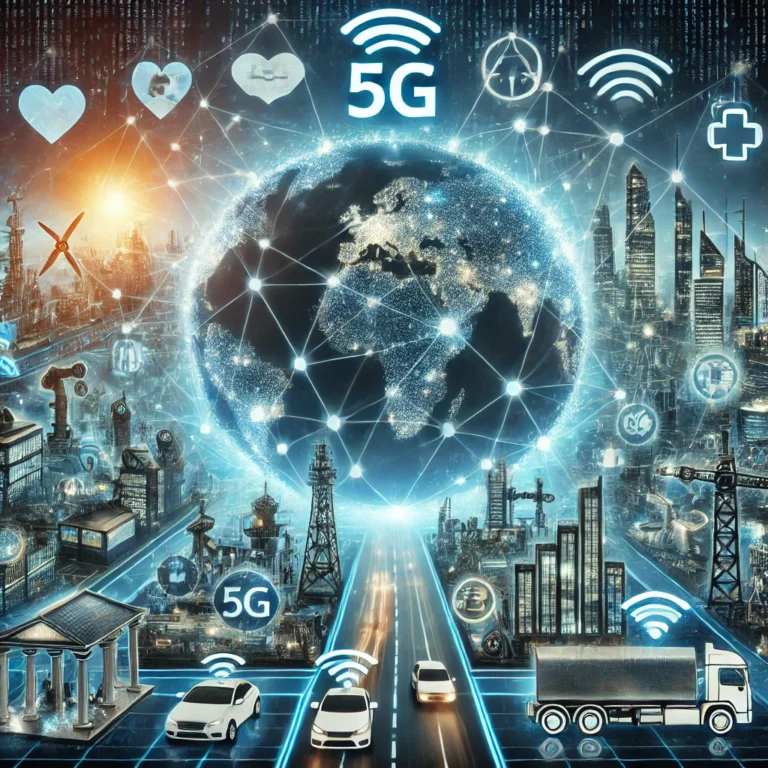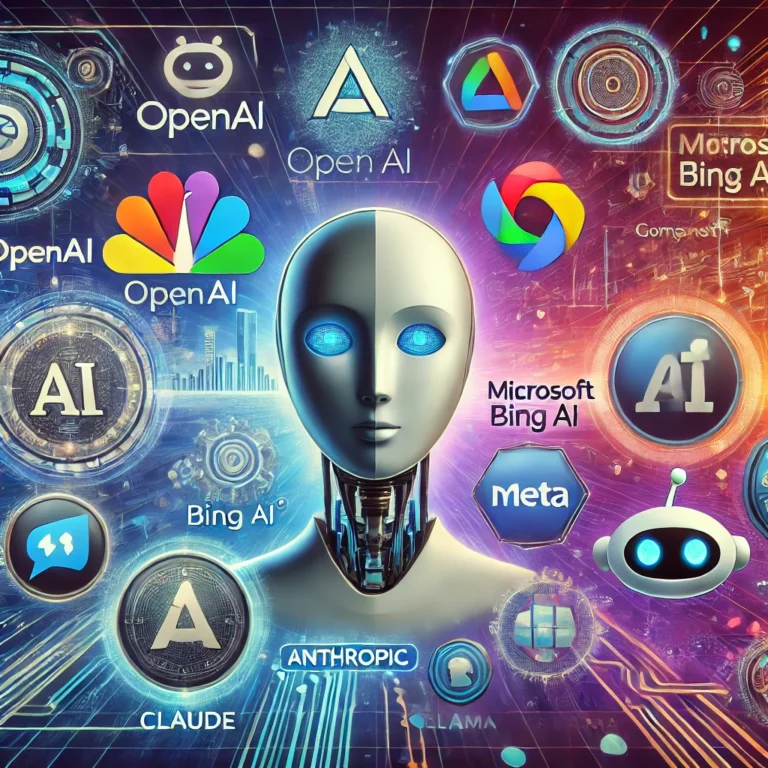Tesla’s Robotaxi: A Vision for Autonomous Ride-Hailing
Tesla’s Robotaxi concept represents a bold leap toward fully autonomous transportation. Designed to utilize Tesla’s Full Self-Driving (FSD) system, this fleet of autonomous electric vehicles is envisioned to operate without human drivers, providing an affordable, efficient, and sustainable transportation service. Tesla plans to allow owners to add their vehicles to this shared Robotaxi network, generating revenue when their car is not in use. However, technological challenges and regulatory hurdles have delayed the launch, though Tesla continues to push forward in refining its FSD technology.
Tesla’s Autonomous Ambitions
Tesla CEO Elon Musk has described the Robotaxi as part of his vision for a future where self-driving cars dominate urban transportation. This innovation is poised to disrupt the traditional ride-hailing industry, with Musk asserting that Tesla could offer rides at an incredibly low cost per mile, significantly undercutting competitors like Uber and Lyft. By utilizing its electric vehicles and eliminating the need for human drivers, Tesla aims to make personal transportation more accessible while reducing traffic congestion and carbon emissions.
Full Self-Driving Technology
The Robotaxi fleet will operate using Tesla’s FSD technology, which is continuously evolving. FSD uses a combination of eight cameras, radar, ultrasonic sensors, and neural networks to navigate the roads without human intervention. Tesla’s approach differs from other companies working on autonomous vehicles, as it relies on computer vision through cameras rather than the commonly used LiDAR systems. Tesla’s neural network allows the vehicles to learn from real-world driving data, improving performance over time.
However, Tesla’s FSD technology, while impressive, has not yet reached full autonomy (Level 5), where no human interaction is needed. Currently, the system requires human oversight in most scenarios, and Tesla is still addressing safety concerns and regulatory requirements before full deployment. Despite being in beta testing with select customers, Tesla’s Robotaxi plans remain contingent on further technological advancements and approval from regulatory bodies.
Revenue Potential and Business Model
Tesla’s business model for the Robotaxi is unique. Musk has emphasized that current Tesla owners could have their cars participate in the Robotaxi network, allowing them to earn income when the vehicle is not in personal use. According to Tesla’s estimates, owners could generate as much as $30,000 annually from their cars operating autonomously. For Tesla itself, the Robotaxi network represents a lucrative opportunity, potentially turning each vehicle into an ongoing revenue stream through ride-sharing services.
The Robotaxi service is also designed to operate at a significantly lower cost than traditional ride-hailing services. By removing the cost of a human driver and leveraging the efficiencies of electric vehicles, Tesla aims to reduce transportation costs to as low as $0.18 per mile, far below current industry standards.
Challenges and Competition
Despite Tesla’s optimism, the path to realizing the Robotaxi vision is not without challenges. Autonomous driving remains a complex problem, especially in densely populated urban environments where unpredictable variables such as pedestrians, cyclists, and erratic drivers are common. Tesla’s FSD system has made significant strides, but it has also faced scrutiny from regulators and the public for its occasional misjudgments in real-world testing.
Regulatory approval is another major hurdle. Full self-driving vehicles need to pass strict safety tests and regulatory approvals before they can operate on public roads without human oversight. Tesla has been working closely with regulators but has yet to secure approval for a fully autonomous ride-hailing service. Furthermore, the global landscape for autonomous vehicles is becoming increasingly competitive. Companies like Waymo, Cruise (a subsidiary of General Motors), and Uber’s Advanced Technologies Group (now part of Aurora) are also working on similar autonomous ride-hailing platforms, each with different technical approaches.
Tesla’s reliance on cameras and neural networks, in contrast to competitors like Waymo that use LiDAR, sets it apart in terms of strategy. Critics argue that LiDAR provides more reliable and accurate data for autonomous navigation, while Tesla believes its camera-based system is more scalable and cost-effective. This difference in approach may ultimately determine the speed and success of deploying autonomous ride-hailing fleets.
A Future-Ready Concept
Despite the technological and regulatory challenges, Tesla’s Robotaxi concept holds transformative potential. If Tesla can overcome these obstacles, Robotaxis could redefine personal transportation. The environmental benefits of using electric vehicles, combined with reduced traffic congestion and lower operational costs, could lead to widespread adoption of autonomous ride-hailing services.
In a world where cities are becoming increasingly crowded and sustainable transport solutions are a priority, Tesla’s Robotaxi network could be a game-changer. It promises not only to change how people move from place to place but also to provide a new revenue stream for Tesla owners, further aligning the company’s financial goals with its vision of accelerating the world’s transition to sustainable energy.
Conclusion
Tesla’s Robotaxi represents the future of autonomous ride-hailing, leveraging the company’s expertise in electric vehicles and autonomous technology. While it faces several challenges, including regulatory approval and technological refinement, its potential to disrupt the transportation industry is undeniable. If successful, Tesla’s Robotaxi could offer a cheaper, more efficient, and environmentally friendly alternative to current transportation options, heralding a new era of mobility.






